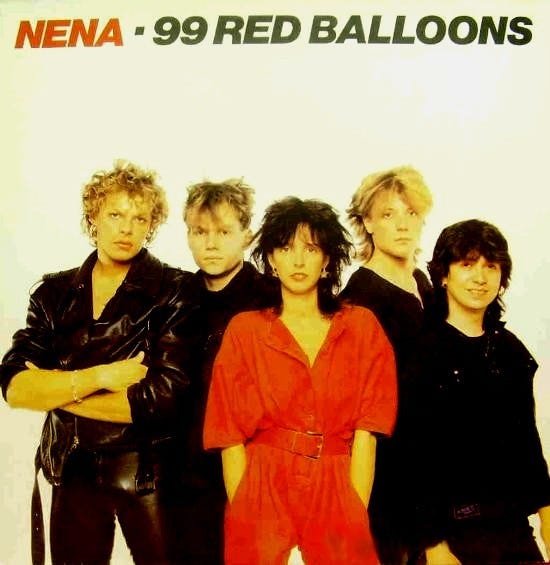99 External Cues
It’s Nick Winkleman month here at SmarterVolley.
I can’t recommend his book, The Language of Coaching, highly enough. I summarize a couple of his ideas in previous posts, but this one is going to be purely practical. This will be a list off 99 external cues, using his formula for building cues. I’ll break the list up into 3 parts over the next couple weeks- 33 cues in each.
Part 2 Cue Cloth/Tape
Part 3: Analogies
By the time you’ve read all 3 parts, you’ll have some practical examples of how to build external cues, and your players will all look like this.
The Cueing Formula
The heart of TLoC is the cueing formula that Winkleman lays out. The formula is The 3 Ds:
Description - Direction - Distance
Again, read the book, but to put it simply:
Description will be a verb. Push, pull, punch, shove, drive, lift, explode, absorb, etc.
Direction will be a preposition. Away, toward, from, to, above, behind, etc.
Distance will be a noun. Ball, floor, ceiling, net, sideline, endline, etc.
Let’s get started with something very simple and start listing cues. Part 1 will have 33 cues with the first 10 outside the paywall and the rest behind.
(1) Move behind the ball.
Move is the Description (verb).
Behind is the Direction (preposition).
Ball is the Distance (noun).
This is about as simple as it gets, but remember: that isn’t a bad thing. Simple is good. It sounds weird that Ball is the Distance word, but remember that humans move relationally. So move 6 feet to your left is a less meaningful cue than move behind the ball.
Okay, let’s keep going with a few more passing cues.
(2) Extend through the line (of the serve).
Extend is the Description (verb).
Through is the Direction (preposition)
Line (of the serve) is the Distance (noun).
When I write these cues, I’ll (put in parentheses) the parts that you might see when first setting up the cue, but once a player understands that you’re talking about the line of the serve you can just say the line and they’ll get it.
(3) Shove the ground (away from you).
I stole this one from a couple coaches who REALLY know how to teach passing. The cue of shoving the ground seems to help players initiate a strong shuffle move to the ball. Shove also seems to be a verb that gives a feeling of a longer contact, which gives a feeling of a longer, perhaps slower ground contact, but one that imparts more distance, as opposed to a noun like punch which would be a powerful but short contact. Since passers are sometimes looking to cover some distance while also maintaining balance, shove the ground seems to work well.
And note that this is a cue where you really only need 2 of the Ds. You can’t really shove the ground anywhere else but away from you. So the cue can just become shove the ground.
(4) Lift through the ball.
(5) Guide the ball to the target.
Cues that revolve around Lifting or Guiding seem to help passers with a feeling of a smooth, controlled contact, rather than cueing them to Punch or Jab or Chop the ball to the target, which would all impart a different sense of that motion.
Okay let’s talk some serving cues
(6) Serve down the hallway.
(7) Approach down the runway.
(8) Hit it through the tunnel.
These are all related to the concept I talked about in:
The visualization here is to imagine a narrow (but not too narrow!) runway, hallway, or tunnel between you and the target. And then visualize your toss or approach (for jump serving) going down the hallway and finishing your serve there.
(9) Finish to your target.
(10) High-five (to) your target.
Keep reading with a 7-day free trial
Subscribe to Smarter Volley by Joe Trinsey to keep reading this post and get 7 days of free access to the full post archives.


